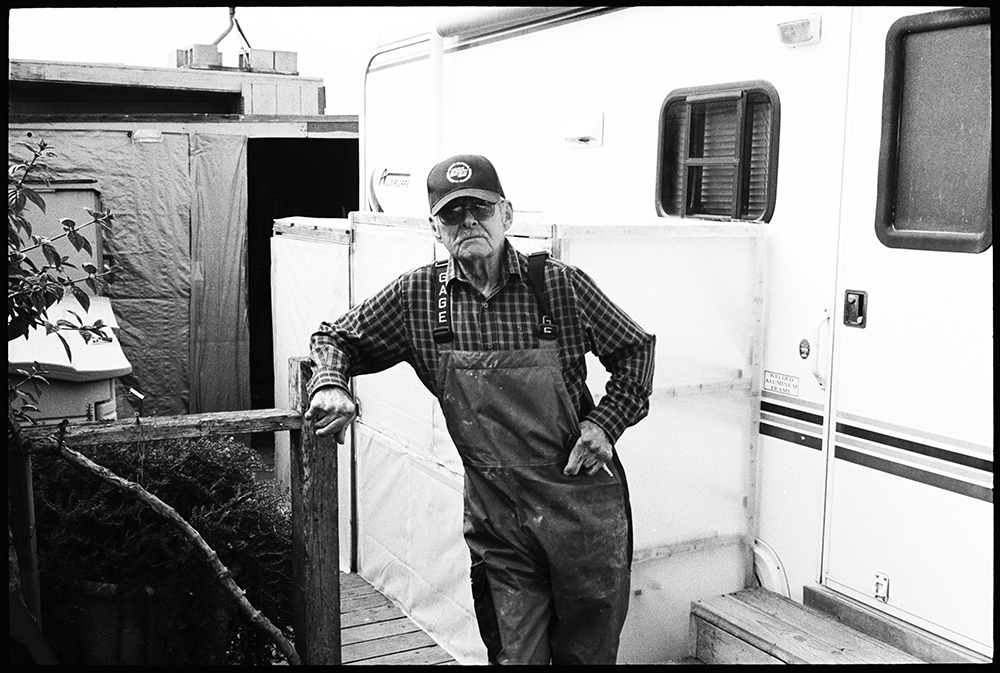After nearly five decades, the long-term travel trailers at Lawson’s Landing in Dillon Beach are approaching the final year of their tenure . . .
Lawson’s tenants sad as they enter final year


After nearly five decades, the long-term travel trailers at Lawson’s Landing in Dillon Beach are approaching the final year of their tenure . . .